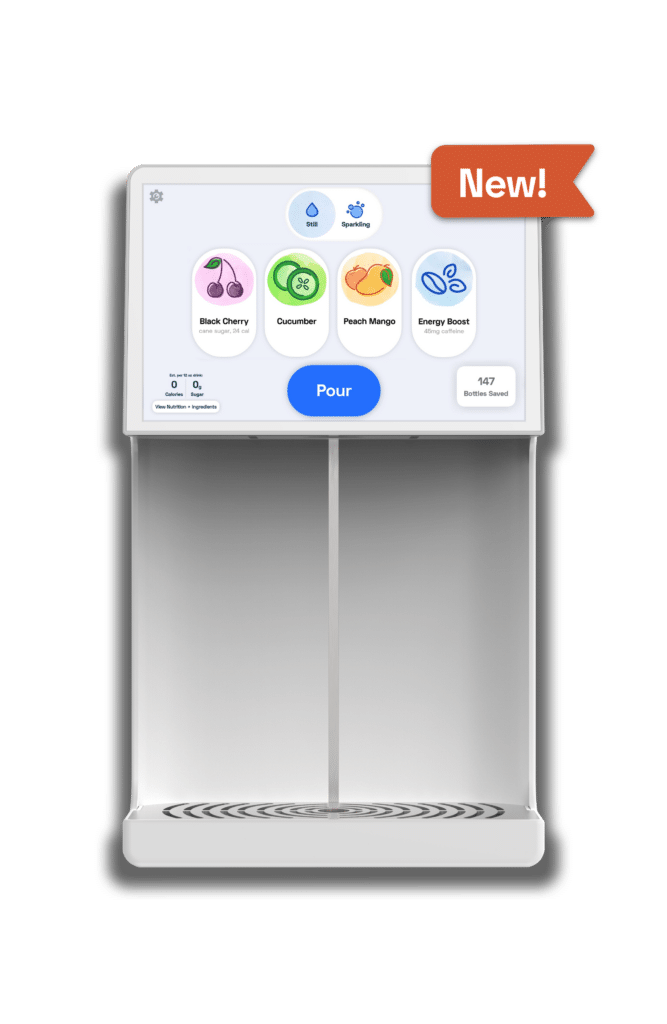How to serve the current generation of student diners.
Hint: customization, convenience, and ‘clean eating’ options are key.
Gen Z—the generation born between 1995 and 2010—now makes up the majority of student diners across the country.
Unlike the preceding generation, Gen Zers are more ethnically diverse, grew up in an entirely digitally-connected age, and are more willing to spend extra on authentic food or dining experiences. Furthermore, this group is even more globally-aware than millennials, and is considered an outwardly politically-, environmentally- and socially-conscious generation.

In reaction to these attributes, food service programs have begun formulating creative solutions to keep young diners satisfied with their daily experience in the university cafeteria. Unsurprisingly, technology—as well as an increased focus on healthy, clean food and beverages—has played a huge role in the creation of Gen Z-friendly dining spaces,
Here’s a list of 5 ways university dining halls are adapting to Gen Z’s dining habits and interests:
1. Increasing customization across the board
From a variety of meal plan options to DIY bars, customization is key when it comes to menu planning for Gen Z diners. According to the 2016 Generational Consumer Trend Report, 50% of Gen Zers rated the ability to customize their meal (i.e. choosing a portion size or some of the ingredients) as an important aspect of dining.
This, however, does not require you to deconstruct every entrée into a build-your-own bar: simply increase and vary the types of sides that you serve with your mains. Another strategy is to pick a night in which your dining hall is not too busy, and set-up a small cooking station where one of your line cooks can cook smaller, specialty plates with seasonal ingredients.
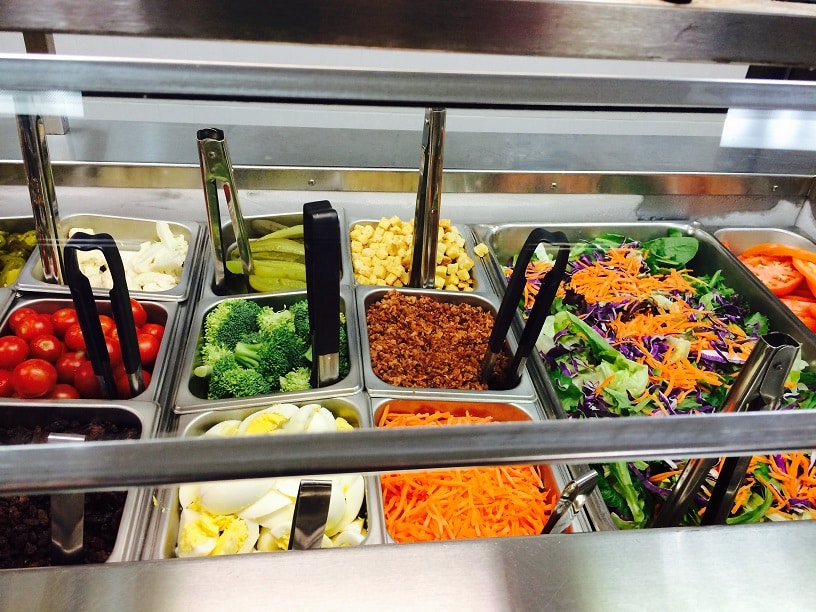
A similar approach can be applied to your cafeteria’s beverage offerings: allow your diners to customize their morning coffee by creating a mini-coffee bar with specialty milks and a rotating inventory of flavored syrups. Alternatively, you can offer healthy flavored drinks with Bevi, the smart water cooler, which would allow your diners to customize your beverage on a touchscreen before filling their glass.
So, the next time you start planning your menus, be sure to consider a few ways your diners could personalize the items you decide upon.
2. Optimal convenience in the form of digital student IDs
Industry research has shown again and again that convenience is a top priority for consumers of all ages, and is of a particular importance to millennials and Gen Zers. Many food service programs are embracing this trend by expanding the methods by which diners can gain entrance into the cafeteria or purchase their food.
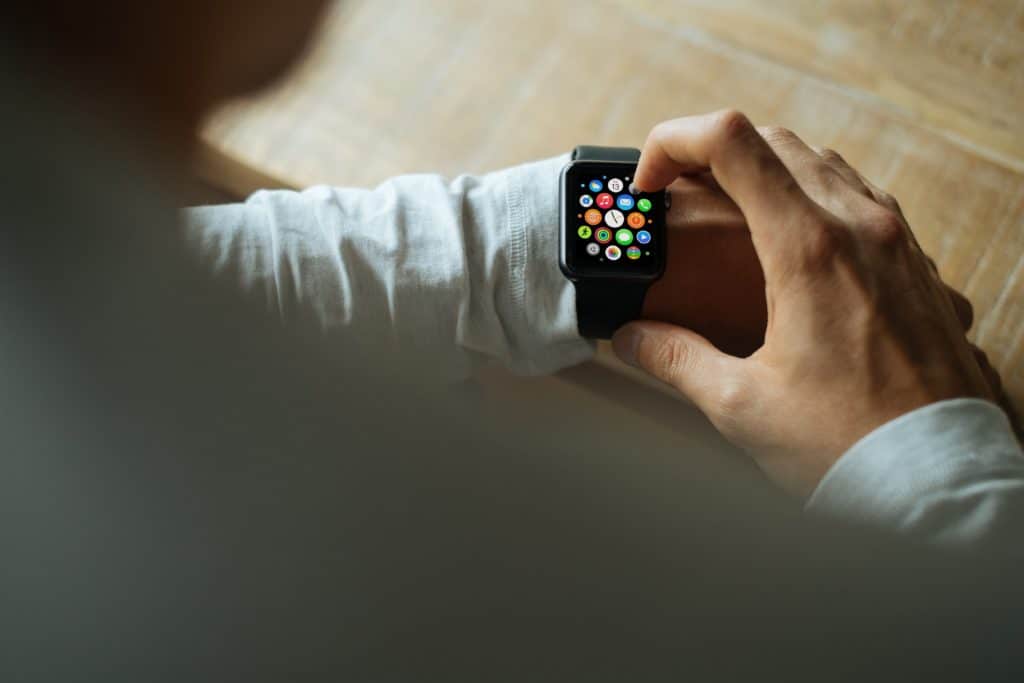
Rather than having students keep track of a physical card, many universities are in the process of making their students’ ID information accessible on smart devices. A recent report by Business Insider revealed that starting this fall, students at Duke, Temple, Johns Hopkins, and The University of Alabama (among others) will have the ability to enter the dining hall, and make vending machine purchases, using both Apple Watches (OS 5) as well as iPhones running on iOS 12.
Given the growing ubiquity and convenience of smart devices in today’s world, initiatives such as these will likely become increasingly popular in the food service industry as a whole.
3. Sparkling water and low-calorie beverages

Nowadays, it seems as though every other TV commercial is advertising a different kind of sparkling water. This is due to the fact that in recent years there’s been a nationwide decrease in soda consumption, and a corresponding increase in demand for healthier alternatives. Younger generations, like Gen Z, are no longer interested in sugary carbonated drinks, opting instead for sparkling water, with or without flavors.
Rather than going the traditional route (i.e. filling plastic jugs with water and sliced fruit), cafeterias have started investing in sparkling, flavored water machines, such as Bevi. This smart water cooler makes it easy to meet the growing demand for healthy beverage options, without putting any extra strain on your food service staff. At the press of touchscreen, students can customize their drink, adding flavors or fizz to their liking. Bevi boasts a well-rounded portfolio of zero- and low-calorie flavors and is outfitted with software that allows for the pro-active monitoring of consumable levels.
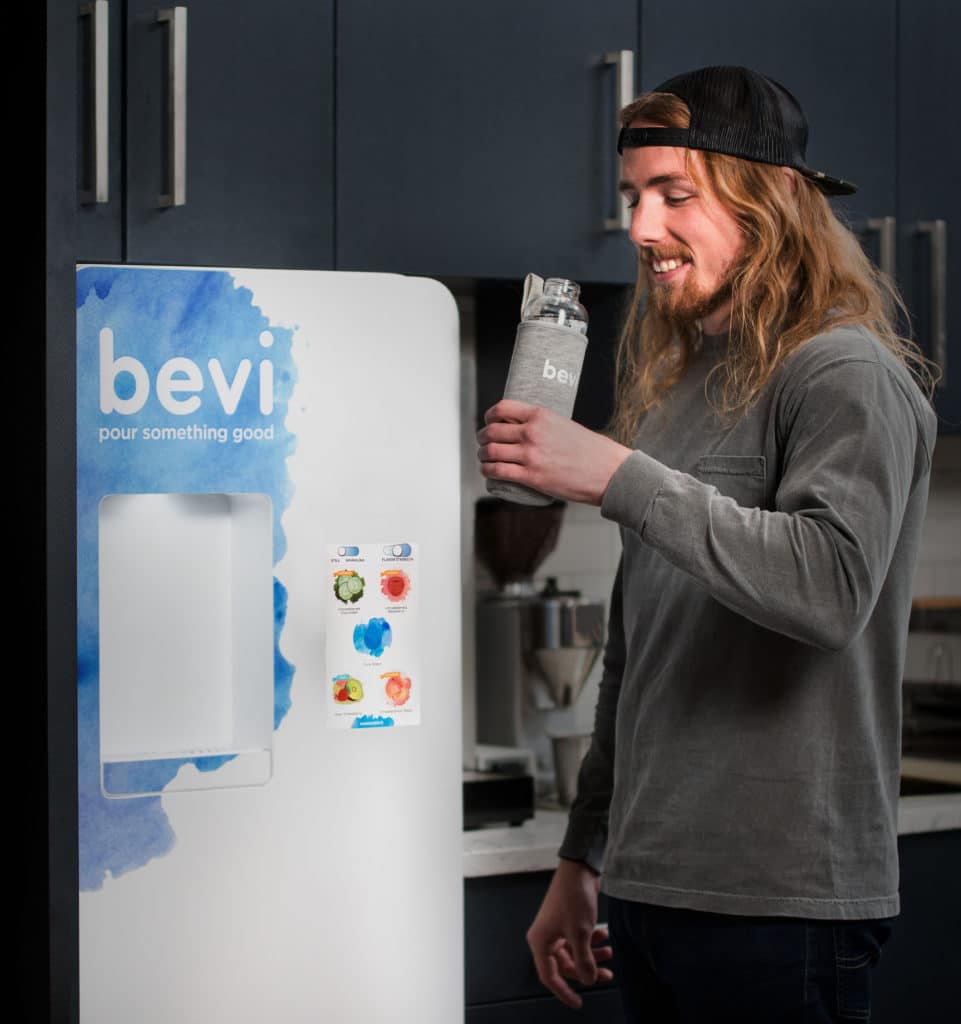
In short, Bevi is a win-win situation: students get the bubbles and customization they want, while the food service team will have one less thing to monitor.
4. Organic, clean eating and ‘trendy’ bites
Like sparkling water, the demand for “clean” or organic food is on the rise across the US. According to The NPD Group, the majority of Gen Z considers “clean eating” a significant way to improve one’s quality of life. As compared to other consumer groups, this generation expresses a heightened interest in organic and non-GMO foods. They are also more open to trying new styles of dieting, including vegetarianism and paleo, as well as ‘trendy’ foods.

Generally speaking, keeping your dining hall’s offerings up-to-date with the latest trends isn’t as tricky as it seems: simply plan to reserve a portion of your weekly budget for seasonal or trendy foods before the school year begins, and incorporate these items into your usual salad or DIY bar.
How can your food service program meet the demand for healthy, ethically-sourced food? Aside from seeking out local or organic food vendors, more than 20 universities in the US have formally made the Real Food Campus Commitment, in which they pledge to use “their tremendous purchasing power to support a food system that strengthens local economies, respects human rights, and ensures ecological sustainability.” A national, student-led initiative, the Real Food Challenge truly embodies what today’s college students expect from campus dining services.
5. Greater transparency across the board, in the dining hall or on a mobile app
Given Gen Z’s heightened interest in environmental and social issues, many dining halls have started sharing information regarding the sourcing of their ingredients.
Most dining halls already have a mobile app that allows students to check the breakfast, lunch or dinner menu in advance; now, many are adding tracking and sourcing information to their apps as well. In this way, students can explore the nutritional information of their favorite mac & cheese dish, while also learning which local farm provides the tomatoes in the salad bar.
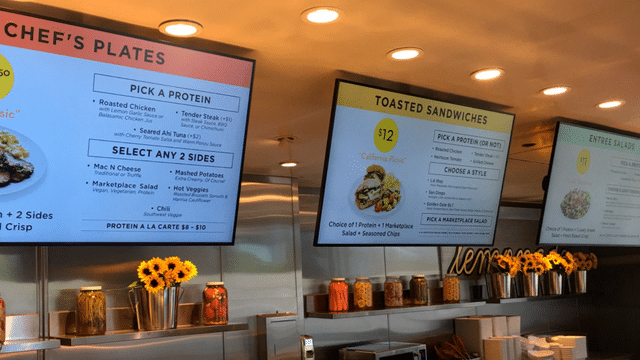
Food service staff are also creating the same level of transparency within the servery space itself. From posters explaining sustainable fishing practices to digital signs displaying the amount of food waste produced each week, there are many ways to display information that will help connect students with their food.



